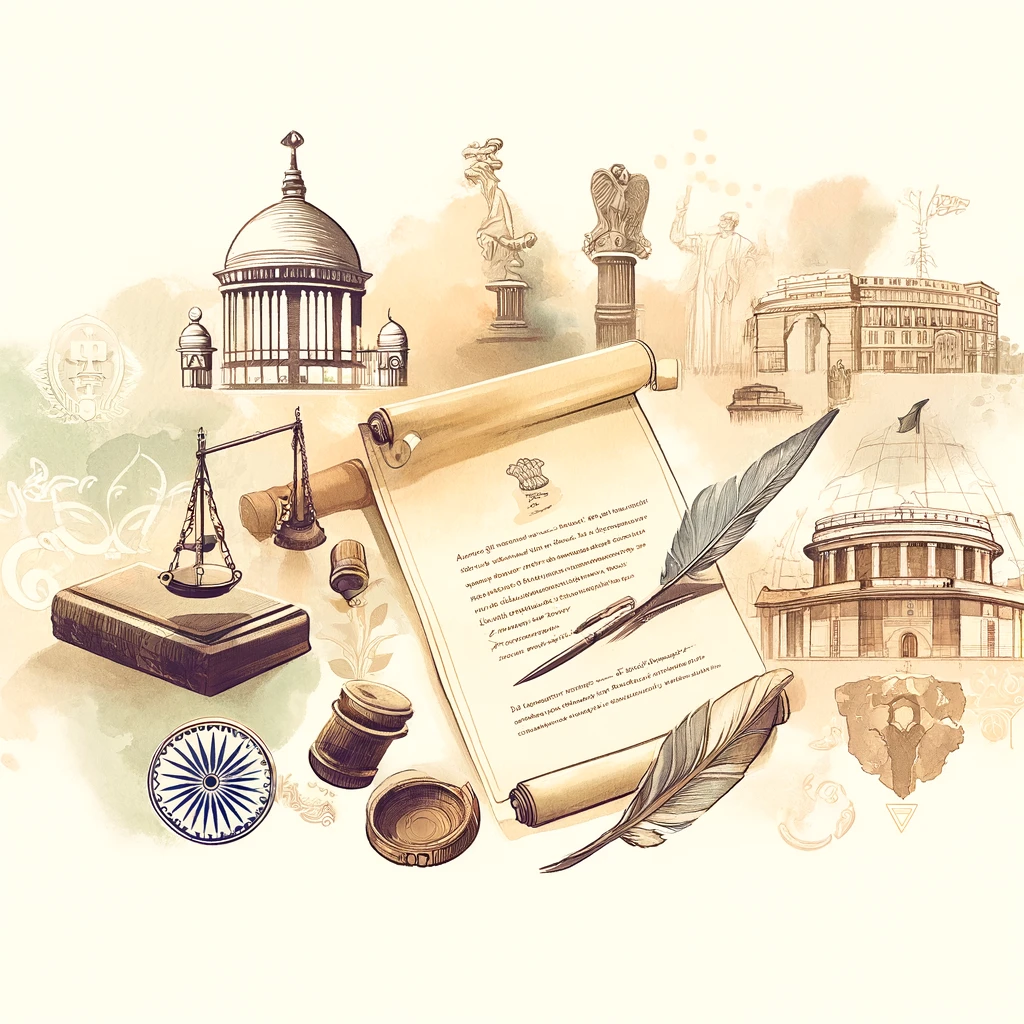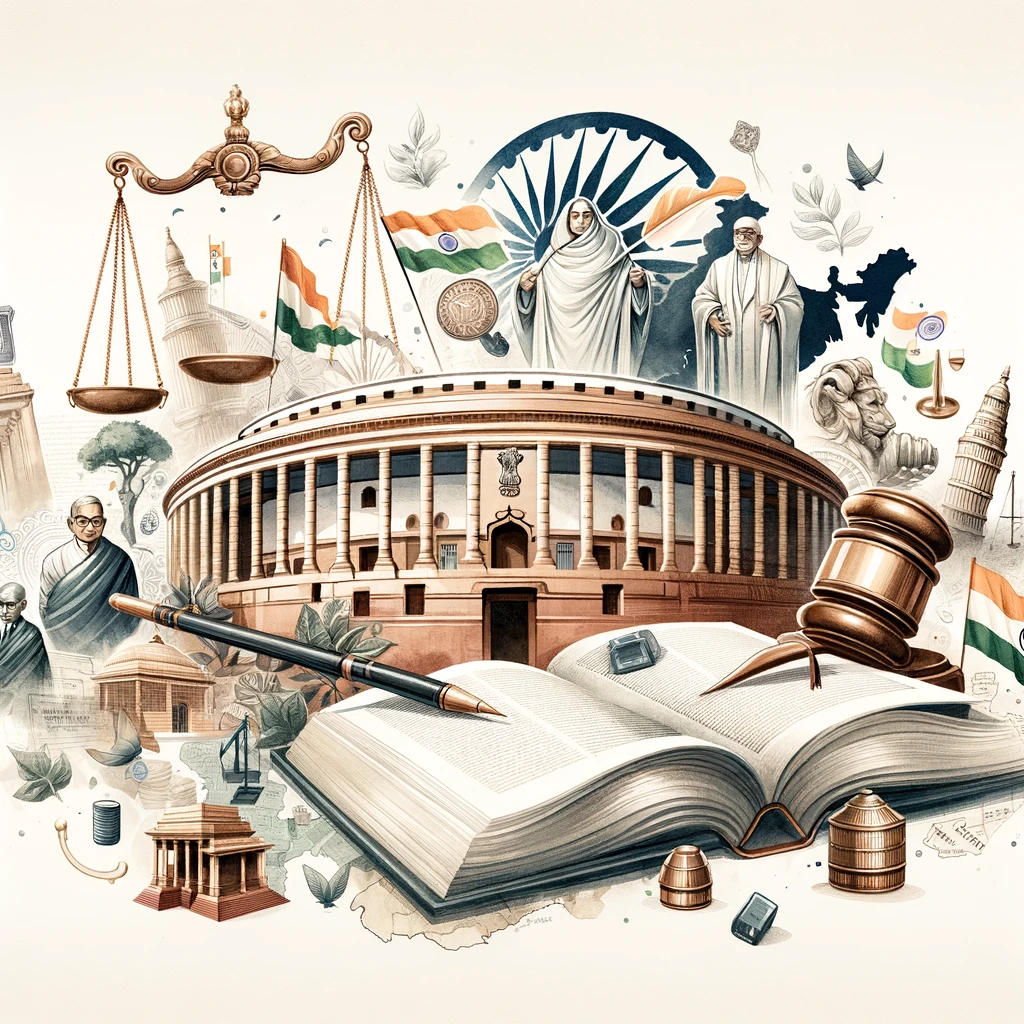The Constituent Assembly played a pivotal role in framing the Indian Constitution, which laid the foundation for the world’s largest democracy. This article delves into the various aspects of the Constituent Assembly’s work, highlighting its composition, guiding principles, key debates, the drafting process, and its lasting significance.
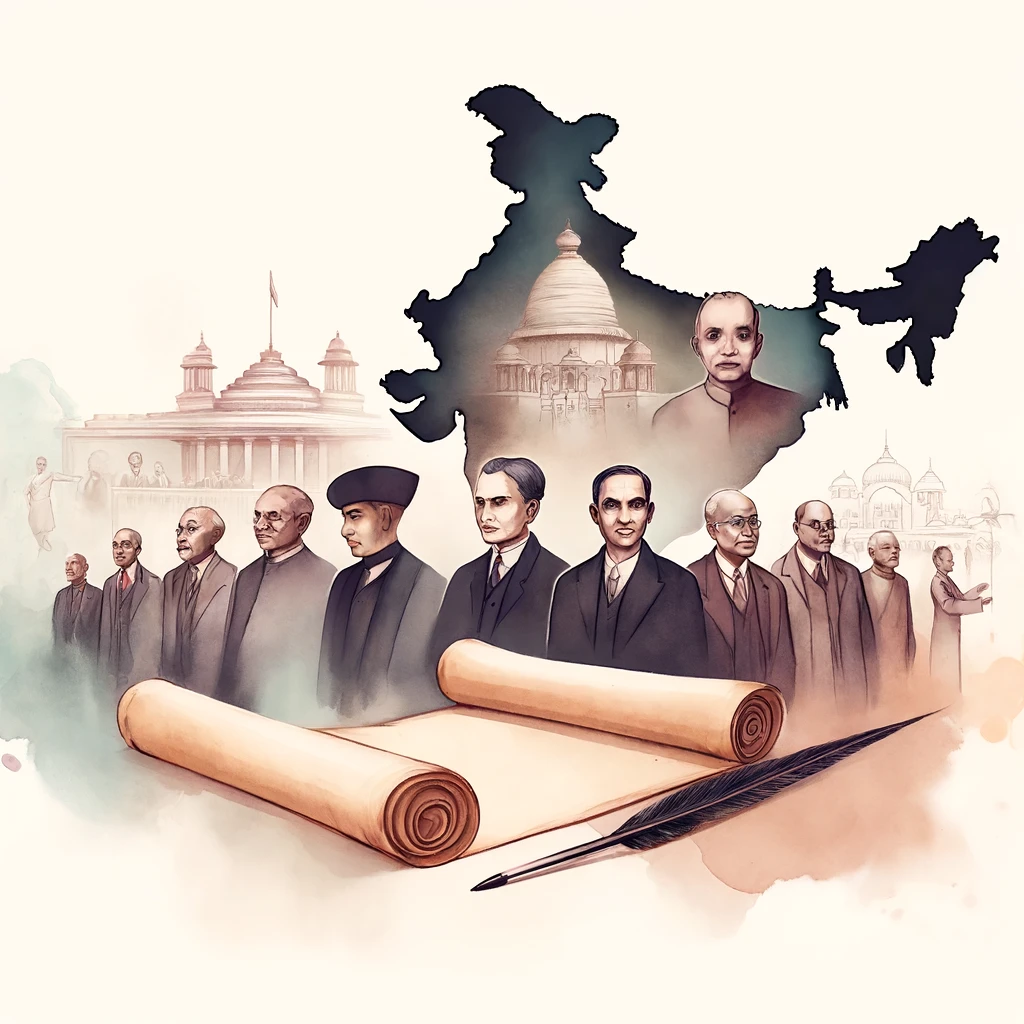
Composition and Representation
The Constituent Assembly was a microcosm of India, reflecting its diversity and complexity.
- Members: The Assembly initially comprised 389 members, later reduced to 299 after the partition of India. These members were elected by the provincial assemblies through a single transferable vote system, ensuring a representative body.
- Committees: Various committees were formed to address different aspects of the Constitution. The most notable ones included the Drafting Committee, Union Powers Committee, Provincial Constitution Committee, and the Advisory Committee on Fundamental Rights and Minorities.
- Provincial Representation: The Assembly included members from all provinces and princely states, ensuring comprehensive representation. This diverse composition helped address the concerns of different regions and communities.
The inclusive nature of the Constituent Assembly ensured that the Constitution reflected the aspirations and needs of all sections of Indian society.
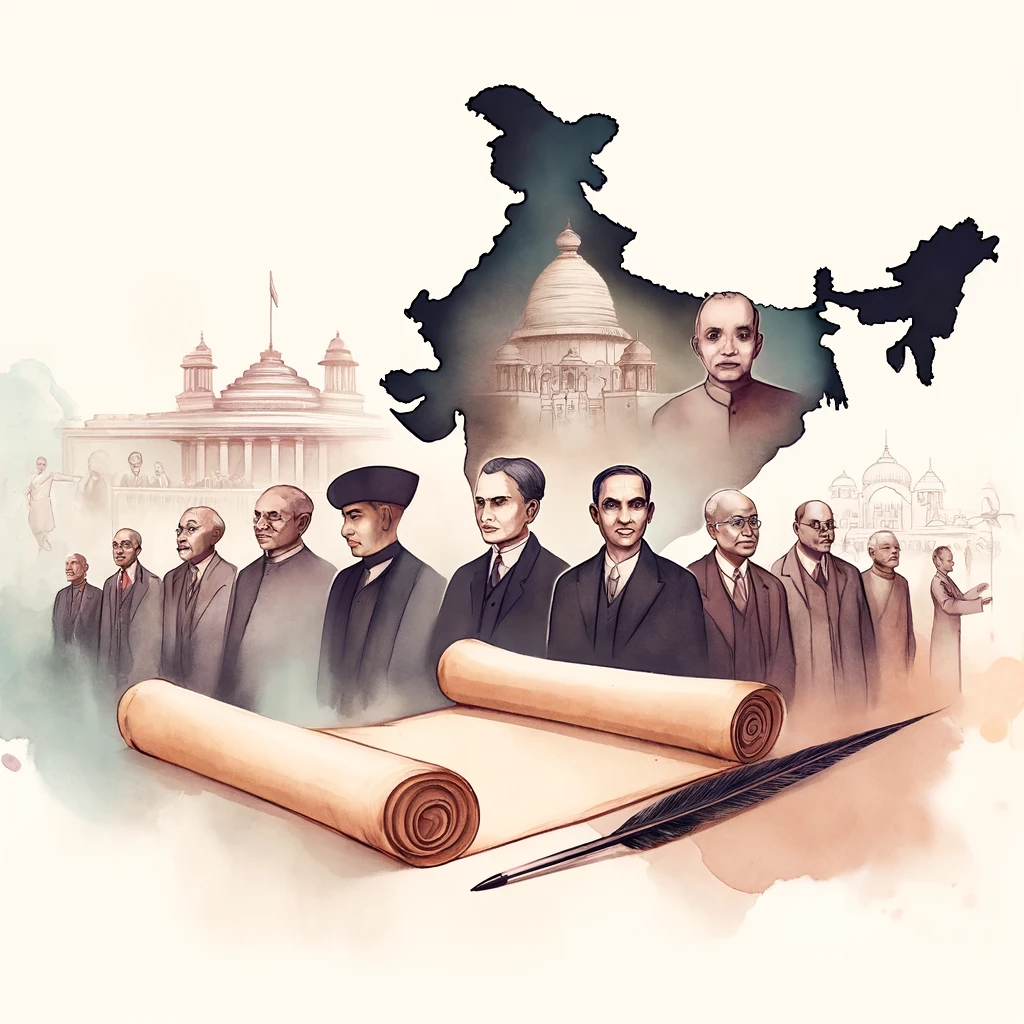
Objective Resolution
The Objective Resolution, moved by Jawaharlal Nehru on 13th December 1946, outlined the fundamental principles and ideals of the future Constitution.
- Sovereignty and Democracy: The Resolution emphasized that India would be an independent, sovereign republic, ensuring complete freedom from British rule.
- Justice and Equality: It laid down the principles of social, economic, and political justice, and the equality of status and opportunity for all citizens.
- Federal Structure: The Resolution highlighted the need for a federal structure with a distribution of powers between the central government and the states.
- Fundamental Rights: It underscored the importance of guaranteeing fundamental rights to all citizens, ensuring their basic freedoms and rights.
The Objective Resolution acted as a guiding light for the Constituent Assembly, providing a clear vision for the Constitution.
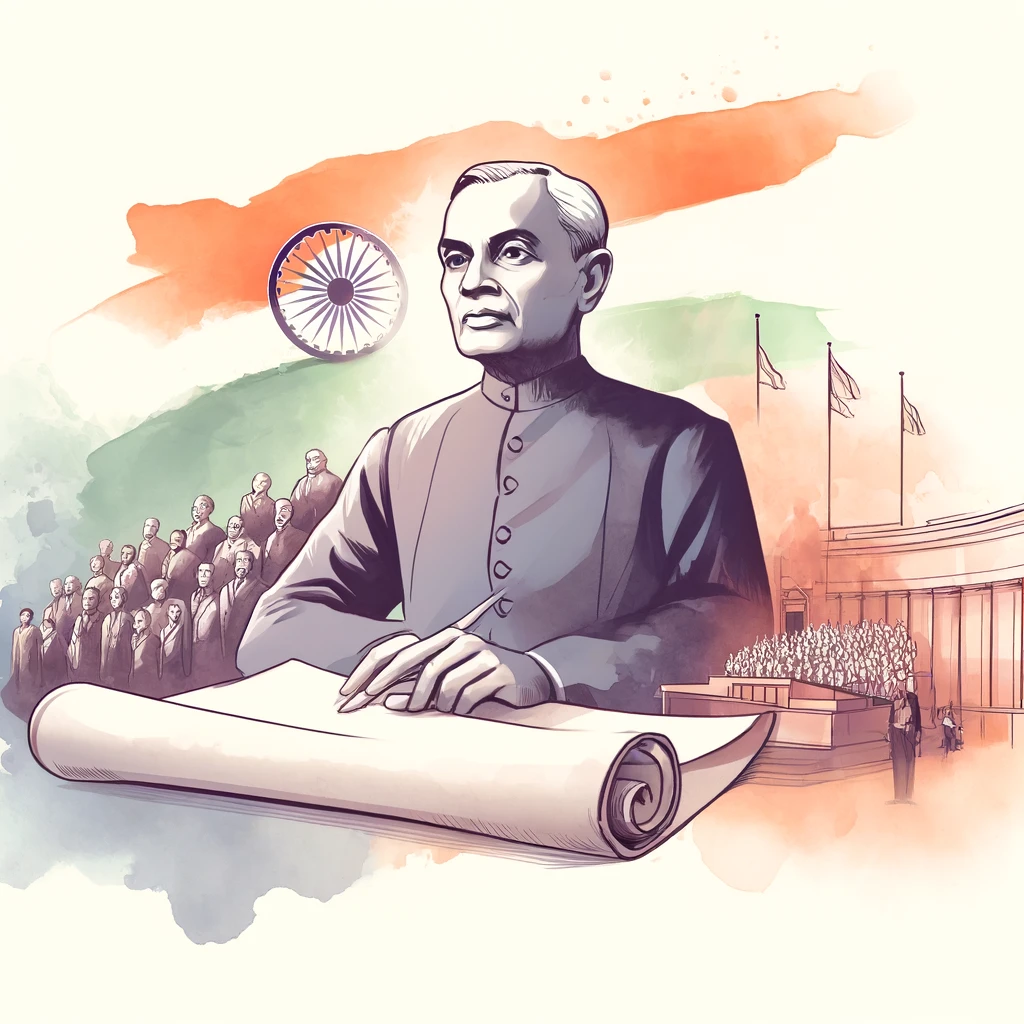
Debates and Discussions
The Constituent Assembly engaged in extensive debates and discussions, addressing several key issues to shape the Indian Constitution.
- Fundamental Rights: There were intense deliberations on the scope and nature of fundamental rights. Members debated the balance between individual freedoms and the state’s authority, leading to a comprehensive list of rights, including the right to equality, freedom, and protection against exploitation.
- Federal Structure: The debates on the federal structure focused on the distribution of powers between the center and the states. The Assembly aimed to create a strong center while ensuring adequate powers for the states, leading to the creation of a quasi-federal system.
- Judiciary: Discussions on the judiciary revolved around ensuring its independence and integrity. The Assembly established an integrated judicial system with the Supreme Court at its apex, providing for judicial review and safeguarding citizens’ rights.
These debates ensured a well-rounded and robust Constitution, addressing the complexities of governing a diverse nation.
Role of Dr. B.R. Ambedkar and the Drafting Process
The Drafting Committee, chaired by Dr. B.R. Ambedkar, was instrumental in shaping the final draft of the Constitution.
- Dr. B.R. Ambedkar’s Leadership: As the chairman, Dr. Ambedkar played a crucial role in drafting the Constitution. His legal acumen and deep understanding of social issues were vital in framing a progressive and inclusive document.
- Drafting Process: The Drafting Committee worked meticulously, considering various inputs and suggestions. They reviewed existing constitutions of other countries and incorporated best practices suitable for India. The process involved multiple readings and revisions to ensure thorough scrutiny and refinement.
Dr. Ambedkar’s leadership and the committee’s diligent efforts resulted in a comprehensive and forward-looking Constitution.
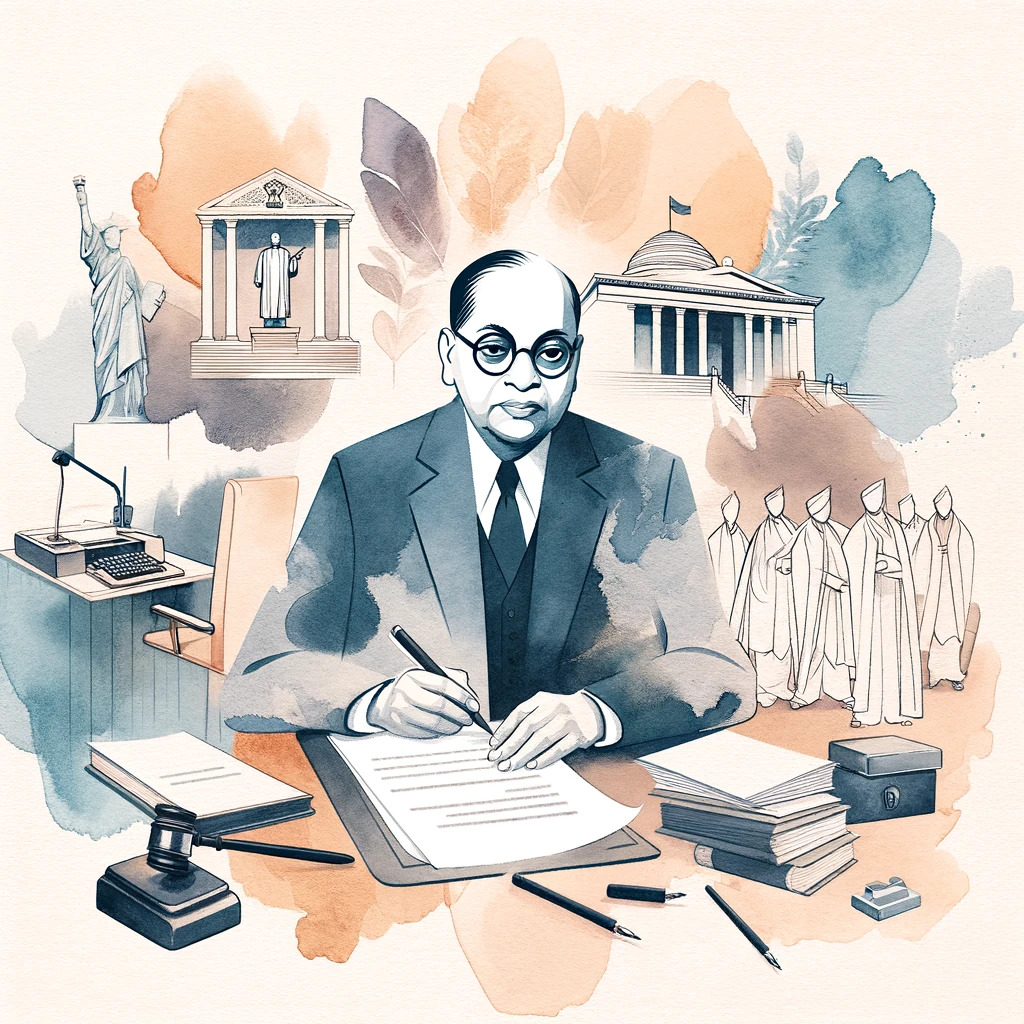
Finalization of Constitution and Its Adoption on 26th November 1949
The final phase of the Constituent Assembly’s work involved the adoption and enactment of the Constitution.
- Finalization: After extensive discussions and amendments, the final draft of the Constitution was prepared. The Assembly debated the draft clause by clause, making necessary revisions.
- Adoption: On 26th November 1949, the Constituent Assembly adopted the Constitution of India. Dr. Rajendra Prasad, the President of the Assembly, signed the document, marking the culmination of nearly three years of work.
- Enactment: The Constitution came into effect on 26th January 1950, a date chosen to commemorate the declaration of Purna Swaraj (complete independence) in 1930.
The adoption and enactment of the Constitution marked the beginning of a new era in Indian history, laying the foundation for democratic governance.
Significance of the Constituent Assembly
The Constituent Assembly’s work had a profound impact on shaping modern India.
- Legacy: The Assembly’s inclusive and democratic approach set a precedent for the future governance of India. It brought together leaders from diverse backgrounds, fostering a spirit of unity and collaboration.
- Contribution to Democracy: The Constitution they framed established India as a democratic republic, ensuring the rule of law, protection of fundamental rights, and a system of checks and balances. It provided a framework for governance that has withstood the test of time.
- Social Justice and Equality: The Assembly’s emphasis on social justice and equality laid the foundation for progressive legislation and affirmative action, aiming to uplift marginalized communities and ensure equitable development.
The Constituent Assembly’s work remains a cornerstone of Indian democracy, reflecting the aspirations and values of a newly independent nation.
Conclusion
The Constituent Assembly played an indispensable role in framing the Indian Constitution, a document that continues to guide and shape the nation. Its composition, the principles outlined in the Objective Resolution, the extensive debates, the meticulous drafting process, and the final adoption of the Constitution were crucial in establishing a democratic, inclusive, and progressive India. For UPSC aspirants, understanding the Constituent Assembly’s role is essential to appreciating the historical context and foundational principles of the Indian polity.

